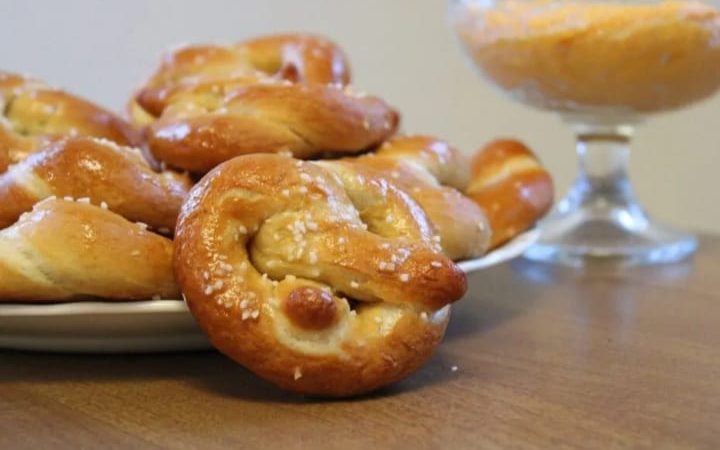
New Year’s Eve stands out as one of the most eagerly awaited events globally. On this special night, many of us celebrate in the company of loved ones and friends, savoring delicious food. The Germans, renowned for their rich culinary tradition, have their favourite dishes that grace their tables on the final night of the year. Here are 7 must-try New Year’s dishes in Germany:
Feuerzangenbowle – hot punch based on red wine
Feuerzangenbowle, a traditional German beverage, is a popular choice during winter holidays and special occasions like New Year’s Eve. The name, translating to “drink with iron in flames,” reflects the spectacular preparation process. A large sugar cube, soaked in rum, is placed on a special dish and set ablaze. As the sugar melts, the flames impart an extraordinary aroma and flavor to the drink. Simultaneously, red wine, spices like cloves and cinnamon, and citrus fruits such as oranges and lemons are added to the mix, creating a heated concoction with a delightful fragrance and warming effect.
Read also: New Year’s Eve at Brandenburg gate: What to expect with the new 20-euro entry fee
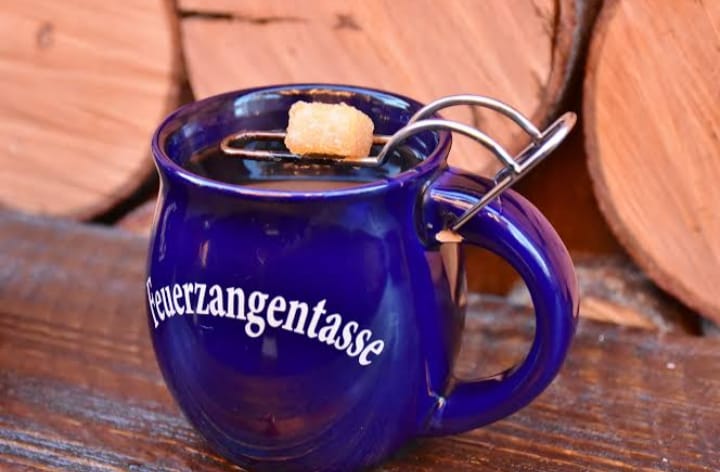
Lentil Soup
In Baden-Württemberg, particularly in Swabia, this dish is an annual favorite. In Italy, lentil soup serves as a good luck charm at the turn of the year. This belief is likely tied to the round shape of legumes, resembling coins and thought to bring prosperity in the future. Consequently, lentils are often given as gifts for New Year’s Eve, weddings, and other celebrations.
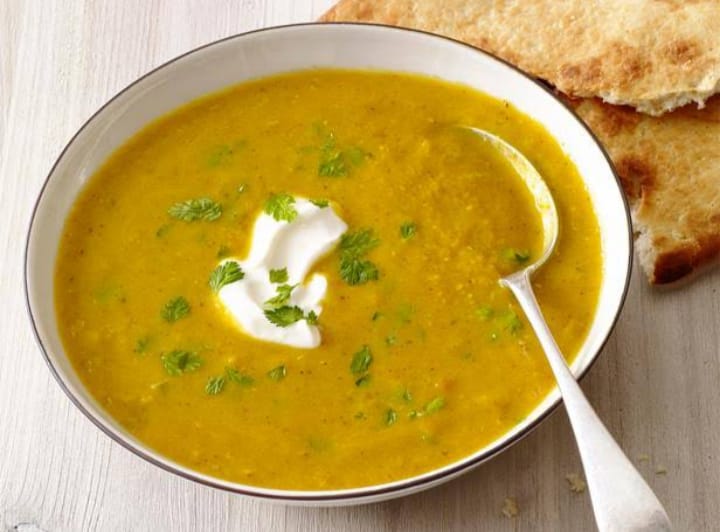
Berliner – German donuts
The Berliner, also recognized as the German donut, is a popular pastry with origins in Germany. Legend has it that its high calorie and fat content are meant to prepare individuals for the upcoming fasting period. Traditionally, the dough is pan-fried, dusted with sugar, and filled with jam, although numerous variations now exist. These delectable treats can be adorned with icing, stuffed with chocolate or eggnog. In some regions of Germany, there’s an additional custom believed to bring good luck: when serving these donuts to family or friends, one of them is secretly filled with mustard. It is said that anyone biting into this particular donut will enjoy especially good fortune in the coming year.
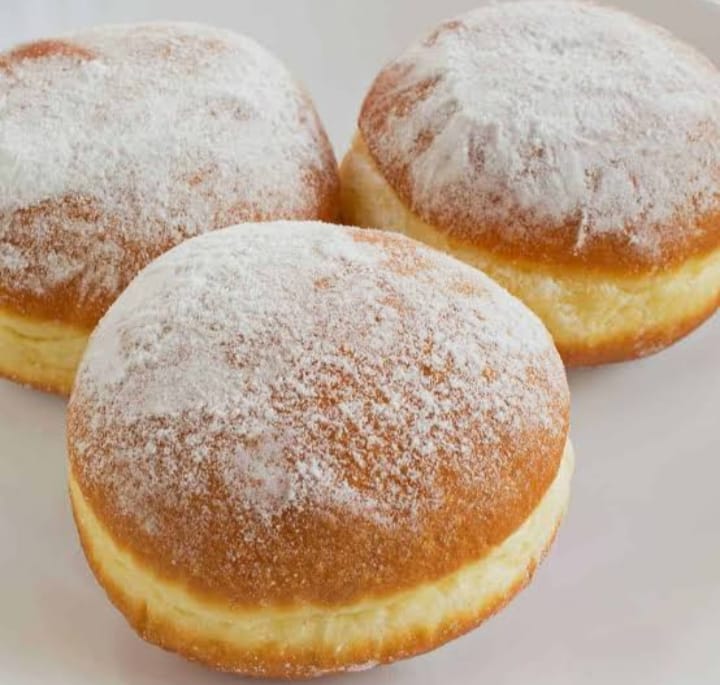
Carp
Carp holds a place as a New Year’s Eve classic in many German households. This relatively lean fish is believed to symbolize good fortune. To ensure that this meal brings luck, a customary practice involves keeping the carp scales in your wallet.
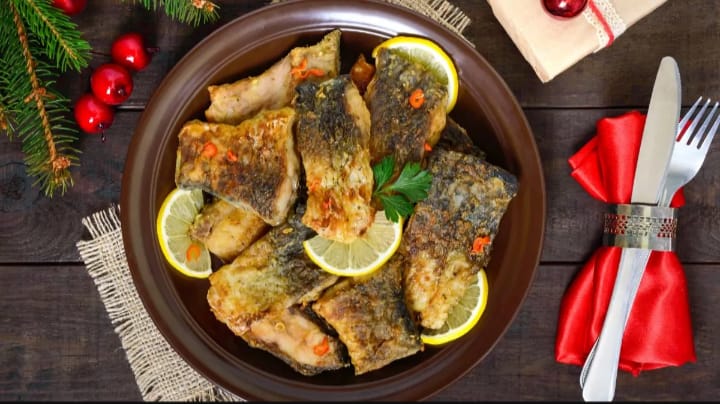
Raclette
Raclette, a traditional dish originating from the Alpine region of Switzerland, has gained popularity in Germany. The name “raclette” is derived from the French word “racler,” meaning “to scratch.” In this meal, cheese is heated and melted, then scraped onto a plate and served with various toppings. These toppings can include boiled potatoes, pickled vegetables, pickled cucumbers, onions, ham, sausages, and mushrooms. The interactive nature of the dish allows everyone to customize their own plate by selecting their favorite ingredients.
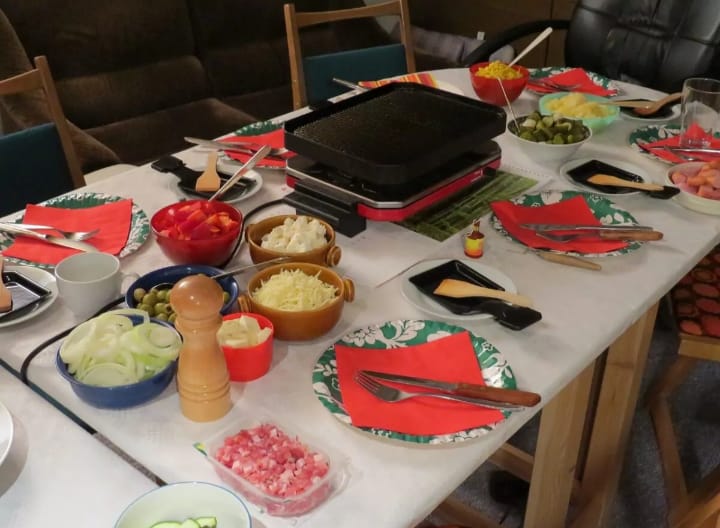
Fondue
Fondue, a popular dish with Swiss origins, has become widely enjoyed in various countries, including Germany. The term “fondue” is derived from the French word “fondre,” meaning “to melt.” This culinary experience involves immersing various ingredients in melted cheese or a savory sauce. One of the most renowned variations is cheese fondue, where morsels of bread are dipped into a specially melted cheese using a dedicated heater. The cheese blend often comprises different varieties like Gruyère, Emmental, or Raclette.
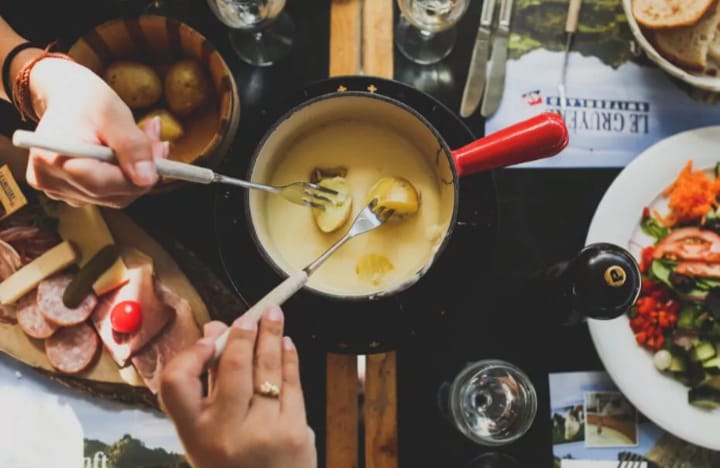
New Year’s pretzel
The New Year’s Eve pretzel holds a special place as a popular gift to mark the arrival of the new year. The size of the pretzel serves as a token of appreciation to the recipient, and historically, godparents were known to favor gifting pretzels. It’s not uncommon for these special pretzels to contain coins. Unlike the traditional pretzel, the New Year’s version is crafted from sweet dough rather than leavened dough. Weighing up to 600 grams, it carries more heft than a standard pretzel.
